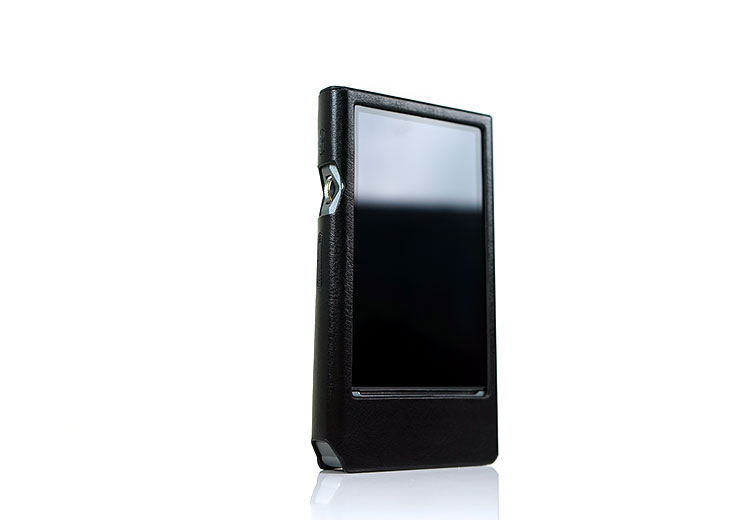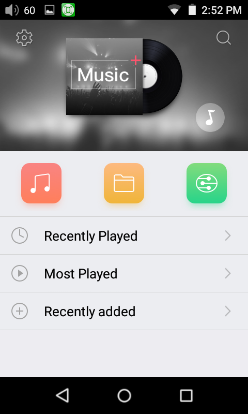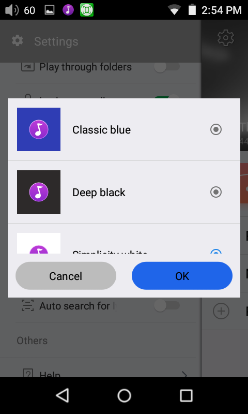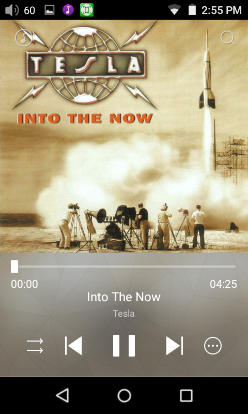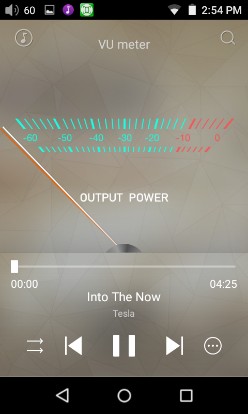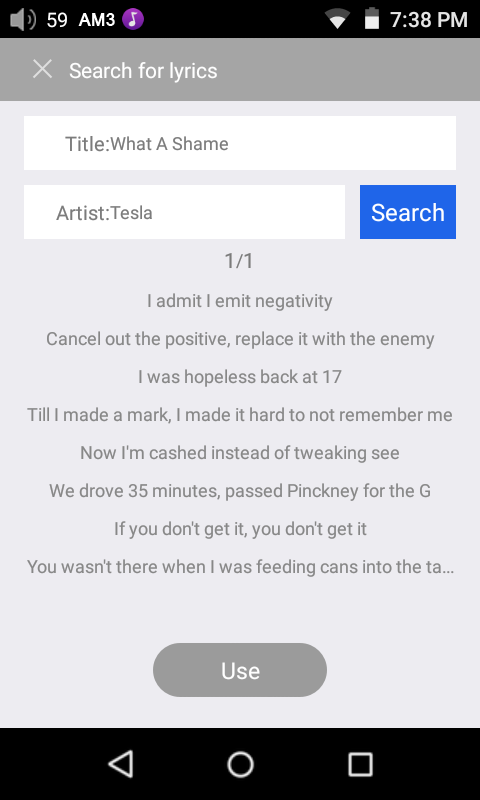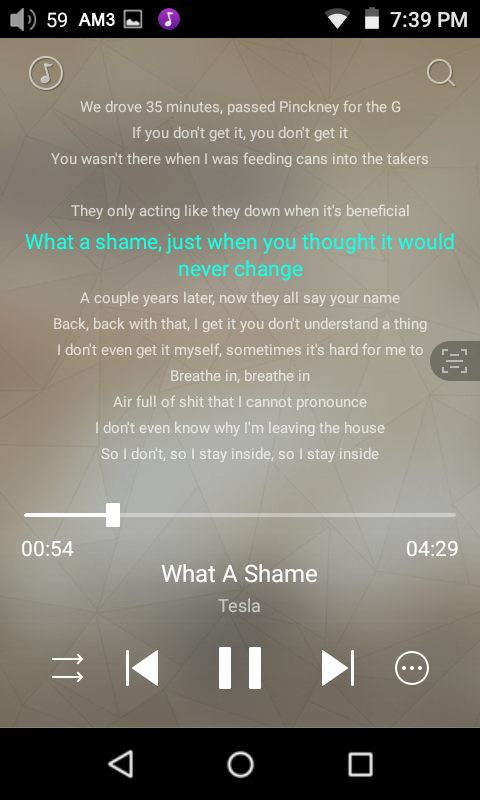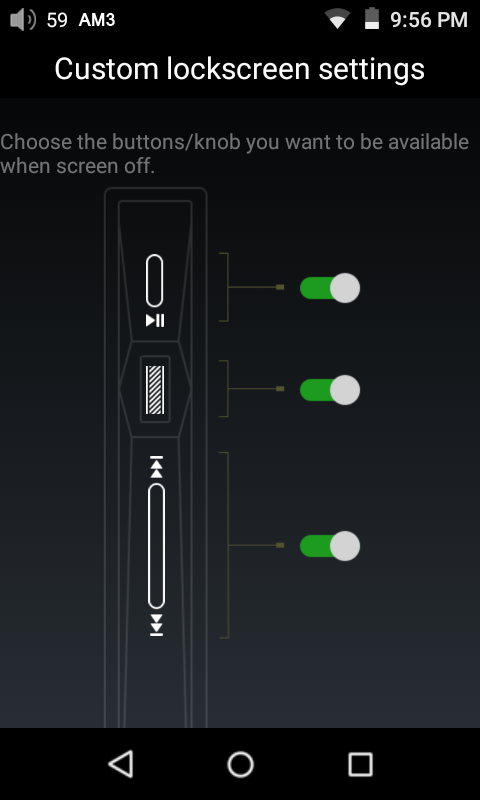Hardware
DAC
For my money, the ES9028PRO DAC implementation in the X7 Mark II is a fairly substantial upgrade on the older ES9018s desktop chip in the first gen. Distortion is generally much lower and dynamic range including resolution has been better in other implementations of this chip I have heard thus far.
Tonally it is in keeping with the X7 character with a neutral and very detailed presentation and whilst I will go into this in more detail in the sound section you can expect much less chatter about the old Sabre treble glare.
I wish it was a dual channel but the price point suggests a compromise was made given the dual ES9028PRO DX200 retails for almost $200 more. Nevertheless, the ES9028DAC is a class performer in terms of refinement and capability and is way ahead of the dual AK4990 implementation in the X5iii.
In terms of decoding capability, the X7 Mark II will handle DSD, DXD, PCM hi-res up to 384kHz/32BIT, and WAV up to 384kHz/64bit. Flac down to MP3 pose no issues either and Apple music users are catered for with ALAC decoding capability.
Triple Oscillator Design
One big differentiation with the X7 Mark 2 is the use of a triple oscillator design compared to the X5iii’s and X7’s dual oscillator implementation. The X5iii and X7 jitter control were split between its two oscillators for DSD and PCM sampling rate conversion.
The X7 Mark II now splits these 3 ways for faster conversion of DSD and 44.1K sampling, 48k multiples sampling, and 384kHz sampling.
SOC
FiiO has retained the Rockchip RK3188 quad-core CPU for the X7 Mark II which might seem like a bit of cost-cutting given it was originally used to drive KitKat 4.4 18 months ago on the X7 but they have at least offset that by adding 2GB of RAM over the previous 1GB of RAM.
The Rockchip RK3188 is a fairly fast ARM SoC primarily designed for tablets so a smaller touchscreen DAP such as the X7 Mark II will present no GUI or 3rd party app issues.
Though it has been out since as early as 2014 benchmarks put this chipset around the 14,000- to 18,000-point mark in AnTuTu and slightly superior to the well-respected Tegra 3.
Considering the Android platform is 5.1 and not 7.0 2GB plus the RK3188 should represent a faster processing and performance experience over the older Mark 1, particularly for app management or multitasking.
Amp Card
AM3a is the new kid on the block and the 6th amp card to be released by FiiO for the X7 system.
It operates entirely in the same manner as previous modules and its design and build are also the exact same though this time the color match between its finish and the main body finish is much better.
The older modules, apart from the AM1 were all a much darker color so you did need a case to hide that lack of aesthetic uniformity.
Less Power
The AM3 is a modified version of the older AM3 which is perhaps my favorite card in terms of performance and value out of the entire range.
The key characteristic of the AM3 is that it retains both single and balanced outputs of the older AM3 but drops the output power ratings a little for smaller loads which is good news for IEM users.
Numbers
The AM3 numbers under a 16ohm/1kHz load had a rating of 250mW in single-ended and 420mW for its balanced output. Compare this now to the AM3a which outputs at a lower 200mW and 380mW under the same load conditions and you can see what FiiO is trying to do. Noise should be much better controlled on the new AM3a.
Software
Platform
The X7 Mark II retains Android 5.1.1 which is a significant upgrade on the older KitKat which the original X7 launched with. However, 5.1.1 is the standard across all the FiiO’s DAPs as of the time of writing with the original X7 long since upgraded and the X5iii using the same platform.
FiiO has gone on record as stating that Android 5.1 has also allowed it to bypass 3rd party apps hijacking sample rate conversion that arose on 4.4’s implementation on the X7 with an altogether more stable and longer running 5.1 platform.
True enough, on Smartphones, we are on Android 7 but there are few if any DAPs going beyond 5.1 in today’s market apart from the DX200.
All 3 DAPs also use the same RK3188 CPU but the key differentiation is the 2GB of RAM in the X7 Mark II which is 1 GB more than the other two. This should provide for a much snappier experience than before in terms of multitasking and general UI workflow management.
APK Compatibility
The original launch of the X7 saw a very restrictive app white list being implemented by FiiO and no Google Play services or store.
The new X7 Mark II still has the whitelist under FiiO Market, however, the Google Play Store and Play services are now installed out of the box for the international release version. You can access both and download whatever you wish such as TIDAL, Spotify, Facebook, etc.
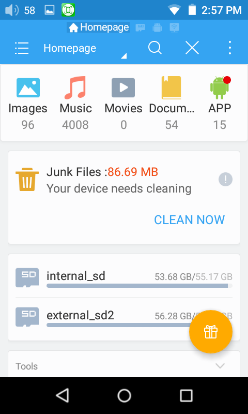
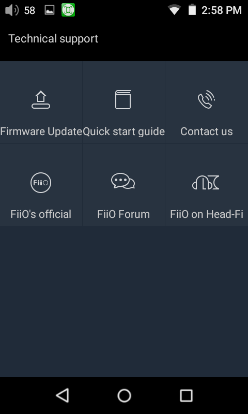
Pre-loaded apps also include the FiiO Technical support for guides and upgrading, the pics gallery app, ES Explorer for file management, a clock tool, and of course FiiO’s own Pure Player app.
In many ways, the X7 Mark II is no different to any Android smartphone out there for app compatibility but bear in mind that 5.1.1 is quite old in smartphone life cycles. Given there is 2GB of RAM it is not inconceivable though that the X7 could get an upgrade to Android 6 before the end of its life cycle.
Performance Benchmarking
The X7 Mark II retains the dual boot capability of the X5iii and X7 Mark 1 so you can opt for a standard Android experience or their dedicated Pure Player OS. The Android experience is bloatware-free, in fact, compared to many smartphones it is about as vanilla (plain and simple) as you can get.
What I was curious about is how it benchmarked, particularly against the older X7 with just 1GB and the DX200 which is also 2GB but using Android 6.
X7 Mark I Comparison
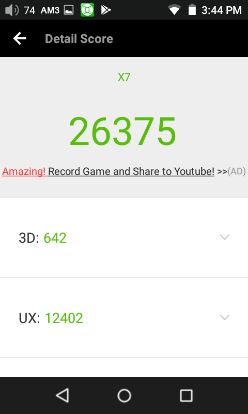
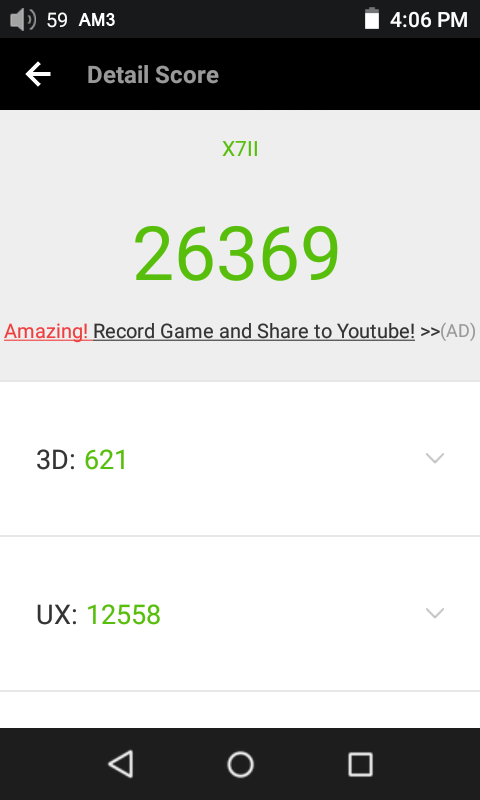
With a minimal load, the difference in performance scores was almost negligible however the Mark II did have a few extra background processes running in particular Messenger and Facebook apps so we would expect those numbers to go up a little higher with an out-of-the-box benchmark testing and no additional apps.
The UX score was better on the X7 Mark II backing up FiiO’s claim of an enhanced usability experience with their tweaked UI. Given the low 3D scores though the X7 Mark II is not a games machine in disguise so I would avoid loading any GPU-intense applications. They will stutter and likely drain the battery very quickly.
DX200 Comparison
My previous contention was there was no need for Android 6 on the DX200 considering the lack of Google Play services and the numbers speak for themselves in that regard. Both have very similar benchmarking numbers with the X7 Mark II being the slightly better of the two overall, particularly in UX performance, and also a slim advantage in CPU performance.

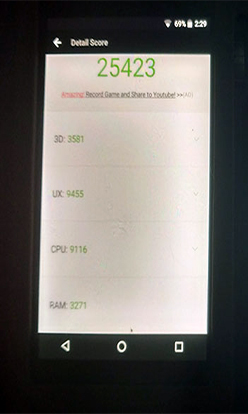
The dedicated Qualcomm MSM8996 Snapdragon 820 in the DX200 though makes it much superior to the X7 II for gaming and 3D graphics with a massive 3581 score compared to the X7 Mark II’s 628 and the X5iii’s 574.
Not that I would suggest using the DX200 for gaming but anything GUI related will perform better on the DX200.
X5iii Comparison
Compared to the X5iii the X7 Mark II does show some improvement, particularly in the RAM numbers as you would expect with a score of 3001 compared to 2684 as well as 3D scores. Elsewhere the performance enhancement is more marginal than I expected but still a notch up.
It is likely the shared RK3188 chip is the common denominator in these relatively similar results.

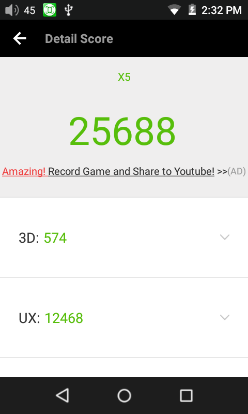
Note test conditions where with minimal app loading, the X5iii did drop to below 20k benchmark score with a few apps loaded whereas the X7 Mark II stayed well above 20k so that is where the value added in the X7 Mark II additional RAM comes into play.
UI Changes
Whilst the workflow and structure of the X7 Mark II UI remains largely the same from the original X7 and FiiO X5iii there have been a number of tweaks in improving the experience plus one or two additional features.
For a more in-depth discovery of the basic workflow and options of the Pure Player system, you can read our X5iii review here.
For a primer on the original X7 Mark I launch firmware and features, you can read our X7 review here.
Pure Player Home Screen
The Pure Player home screen has had a slight upgrade with its 3 central icons which are now redesigned to look more like typical app icon squares. The icon action drawings are more simplistic and understandable in what they do.
Theme Control
Whilst the original X7 always had theme control its application within Pure Player was somewhat clunky.
Originally, when the side drawer menu was activated, you simply clicked on the theme option and the pure player automatically booted into one of two themes. You had no control over which theme you wanted as the whole experience was quite linear in its application.
In the new UI, you have an additional workflow step from the Theme menu option which pulls up a sub-menu allowing you to browse all possible themes and choose which one you want before the app reboots.
Much friendlier. I am also informed that FiiO will be working on adding more themes to the app and Pure OS in future firmware.
Playback Screen Redesign
Much of the reworking has been around the playback screen and in truth, it now looks a lot tidier than the original Pure Player app display. The artwork dimensions have remained unchanged however both titles of the track and artist information are now taken away from just above the timeline to just below where the various ‘in play’ options used to be.
The in-play options, such as EQ, BT, and favorites are now bundled into the pop-up short-cut menu which in turn has been moved down to the bottom right of the screen where the favorites icon once was.
The play/pause option has lost its icon circle giving it more space to fit neatly between the forward and backward arrows at the bottom of the screen. You can still drop out of the playback screen or search for songs during playback from the top two left and right icons as before.
A few tiny aesthetical changes. Right at the bottom is the little white line between the Android controls and the Pure Player screen has now gone giving the entire screen a more integrated look than before.
The final one is the addition of a new VU Meter theme which is currently not available on the older X7 firmware and X5iii. It is more consistent with retro receiver desktop hardware interfaces from the 80s than the older 60/70s VU meter arc design.
Automatic Lyric & Cover Detection
Another feature ported from the latest X7 firmware and the X5iii which I really like is the ability of the latest Pure Player OS to connect, find, and automatically download lyrics to any song you are playing as well as cover art if not already present.
You can also control sync timing with the lyrics as well as delete them along with the cover art. At the moment though the ability to find songs is good but not perfect.
For instance, a really obvious one like Madonna’s track “Hung Up” will present no issues to FiiO’s connected database. However, something a little more obscure, such as Tesla’s Into the Now album which had lyrics for “What a shame” but not the title track of the album “Into The Now”.
Much of these could be influenced by how you tag your songs. Inaccurate tagging may mean no search returns.
General Settings
Notifications Bar changes
A few features have been swapped or left out of the notifications drop-down bar in Android mode.
Digital Filters
In comes a digital filters quick setting which allows you to navigate to the low pass filter mode settings. This is a feature set derived from the ES9028PRO and not something you could not play within the older ES9018S X7.
You have a total of 7 digital filters, three linear settings, one hybrid fast roll-off, two minimum fast and slow roll-off settings, and a “brickwall” setting.
Brickwall is one that has a full transmission in the pass band, and complete attenuation in the stop band, with an abrupt transition. These are the exact same filters found on the DX200 which also uses the ES9028PRO chip.
No Accelerometer shortcut
What has gone is the quick accelerator access because FiiO has actually been taken out as a feature on the new X7 Mark 2. I can only presume customer feedback and general usage scenarios of the X7 including button positions made it a largely redundant feature.
Core Setting Changes
From the general settings menu, there are two changes that I can detect from the X7 Mark 1 firmware.
Adaptive Brightness
The first is the removal of the Adaptive Brightness option in the display settings which corrected the level of light on the screen in relation to the surrounding light automatically. The X7 Mark II brightness levels are now entirely manually operated from either the notifications bar or the display settings menu.
Key-Lock Settings
The second change is the removal of the button mapping options and replaced instead with a key-lock settings option that lets you customize which keys to automatically lock when the screen is turned off.
This is an excellent new addition and something I will be using quite a lot on my travels. The available keys you can lock include the volume rotary dial and playback buttons above and below the dial. It does not cover the power button itself, obviously.
Click on page 3 below for Sound Quality & Comparisons




